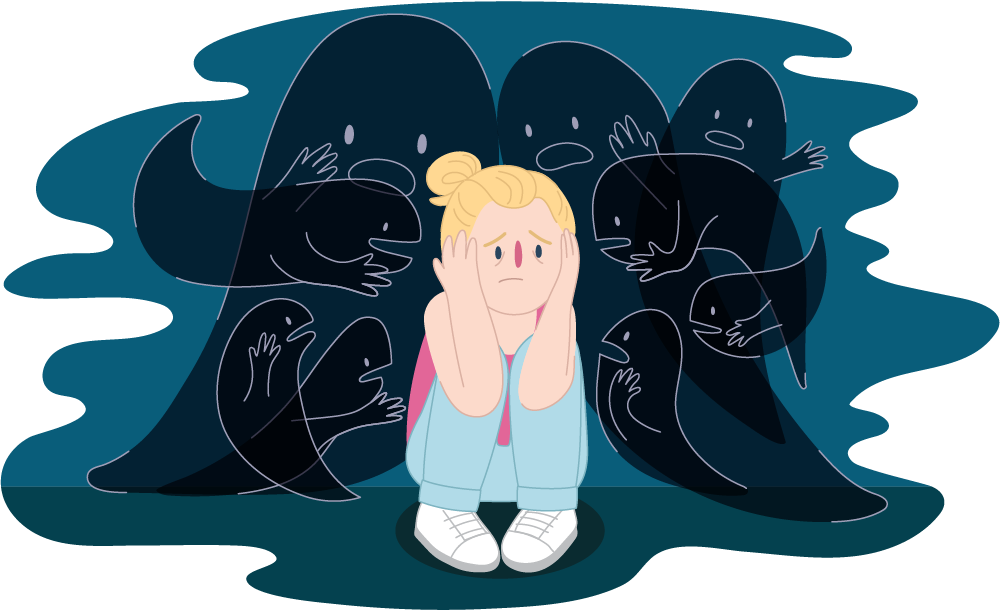Your cart is currently empty!
Message From One
Be One !!!

“Catastrophe for man and planet”: Belgian scientist raises the alarm about unheard insect deaths
Exclusive: Insects could vanish within a century at current rate of decline, says global review
Damian CarringtonEnvironment editor @dpcarrington
Sun 10 Feb 2019 18.00 GMTLast modified on Mon 11 Feb 2019 01.00 GMT
Shares140.479
Comments
1.394

The world’s insects are hurtling down the path to extinction, threatening a “catastrophic collapse of nature’s ecosystems”, according to the first global scientific review.
More than 40% of insect species are declining and a third are endangered, the analysis found. The rate of extinction is eight times faster than that of mammals, birds and reptiles. The total mass of insects is falling by a precipitous 2.5% a year, according to the best data available, suggesting they could vanish within a century.

Sign up to the Green Light email to get the planet’s most important stories
Read more
The planet is at the start of a sixth mass extinction in its history, with huge losses already reported in larger animals that are easier to study. But insects are by far the most varied and abundant animals, outweighing humanity by 17 times. They are “essential” for the proper functioning of all ecosystems, the researchers say, as food for other creatures, pollinators and recyclers of nutrients.
Insect population collapses have recently been reported in Germany and Puerto Rico, but the review strongly indicates the crisis is global. The researchers set out their conclusions in unusually forceful terms for a peer-reviewed scientific paper: “The [insect] trends confirm that the sixth major extinction event is profoundly impacting [on] life forms on our planet.
“Unless we change our ways of producing food, insects as a whole will go down the path of extinction in a few decades,” they write. “The repercussions this will have for the planet’s ecosystems are catastrophic to say the least.”

Quick guide
Insect collapse: the red flags
ShowAdvertisement
The analysis, published in the journal Biological Conservation, says intensive agriculture is the main driver of the declines, particularly the heavy use of pesticides. Urbanisation and climate change are also significant factors.
“If insect species losses cannot be halted, this will have catastrophic consequences for both the planet’s ecosystems and for the survival of mankind,” said Francisco Sánchez-Bayo, at the University of Sydney, Australia, who wrote the review with Kris Wyckhuys at the China Academy of Agricultural Sciences in Beijing.
The 2.5% rate of annual loss over the last 25-30 years is “shocking”, Sánchez-Bayo told the Guardian: “It is very rapid. In 10 years you will have a quarter less, in 50 years only half left and in 100 years you will have none.”
One of the biggest impacts of insect loss is on the many birds, reptiles, amphibians and fish that eat insects. “If this food source is taken away, all these animals starve to death,” he said. Such cascading effects have already been seen in Puerto Rico, where a recent study revealed a 98% fall in ground insects over 35 years.
The new analysis selected the 73 best studies done to date to assess the insect decline. Butterflies and moths are among the worst hit. For example, the number of widespread butterfly species fell by 58% on farmed land in England between 2000 and 2009. The UK has suffered the biggest recorded insect falls overall, though that is probably a result of being more intensely studied than most places.

Advertisement
Bees have also been seriously affected, with only half of the bumblebee species found in Oklahoma in the US in 1949 being present in 2013. The number of honeybee colonies in the US was 6 million in 1947, but 3.5 million have been lost since.
There are more than 350,000 species of beetle and many are thought to have declined, especially dung beetles. But there are also big gaps in knowledge, with very little known about many flies, ants, aphids, shield bugs and crickets. Experts say there is no reason to think they are faring any better than the studied species.
A small number of adaptable species are increasing in number, but not nearly enough to outweigh the big losses. “There are always some species that take advantage of vacuum left by the extinction of other species,” said Sanchez-Bayo. In the US, the common eastern bumblebee is increasing due to its tolerance of pesticides.



















